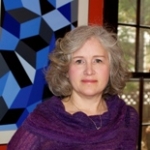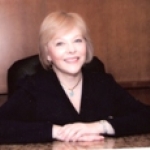
Ron Jones
Quickly Making a Difference in Early Childhood Arts Education
Posted by Mar 20, 2013

Ron Jones
There seems to be an unstated assumption that any change in how the arts are utilized in early childhood education requires that the focus be on influencing and shaping the pedagogy of the teachers who currently work directly with this age group. That seems like a practical strategy, but we all know how challenging it is to initiate change.
I would submit that there is another avenue, a quicker and more effective path for accomplishing our goals with early childhood.
This avenue is at least as powerful as any other strategy advocated and, at its best, may be the most efficient way to implement beneficial change—positioning the arts as central to and essential for early childhood education.
I would argue that it is easier and faster to shape the philosophy and ensure a new approach to pedagogy when the focus is education majors within our colleges and universities.
The resistance to change evidenced in many experienced educators, be they teachers or principals, makes it difficult for me to believe that we can witness significant influence over what happens; rather, or at least at the same time, we must marshal the energy, enthusiasm, and commitment of soon-to-be teachers. Harnessing that energy will yield positive results in just a few short years. We must create a transition that permeates every classroom, that impacts every student, and that is advanced by every educator.
Read More















